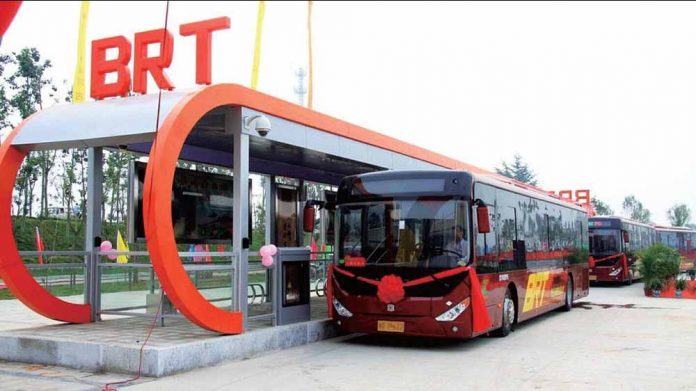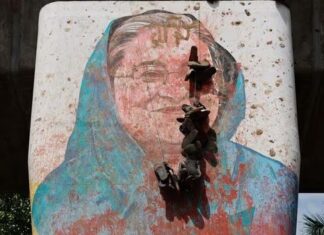PESHAWAR: The Khyber Pakhtunkhwa (KP) Bus Rapid Transit (BRT) project has suffered a deficit of Rs4.67 billion over the past two years.
The government has spent more than Rs77bn on this project for which loan has been borrowed from Asian Development Bank and France Agency. It was launched during the previous government of Pakistan Tehreek-e-Insaf. It was promised to be completed in six months but it inaugurated in 3 years but the attached shopping and parking plazas have yet to be completed.
The BRT officials said that over one million Zu cards have been distributed while more than 60 million passengers have traveled since August 2020. According to sources, the development work has been slowed down due to non-provision of funds by the provincial government to the construction companies working on the project.
Since its inauguration, thirty new buses were added to the BRT buses, the first zu bicycle sharing system of its kind was launched under which 360 modern bicycles and 32 docking stations were set up in different parts of the city.
The government has set a target of more than 300,000 passengers per day but at present it daily commutes 250,000 passengers daily. Before BRT, the female travel rate in the city was less than 2% which increased to more than 20% now.
The project had incurred a deficit of over Rs 1 billion during the last financial year while it is facing a deficit of over Rs 2 billion this year.
Mass Transit spokesman Umair Khan said that the BRT service was established by the government not for profit but for the convenience of the general public.
Khan said that the the BRT has staged earning revenue by posting advertisements inside and outside the buses.
He informed said that the KP government has approved an annual subsidy of Rs 2.8 billion for successful operation of the BRT project.
According to Umair, all the civil work of BRT project, including construction of parking plaza and shops mall, is the responsibility of the Peshawar Development Authority as it will be completed in the second quarter of the next financial year, 2022.























